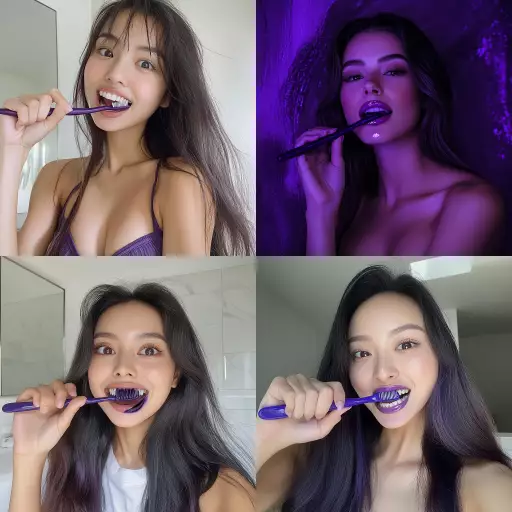Explore the Best AI Image Gallery

The Algorithmic Brush: AI-Generated Images and the Art World
Artificial intelligence (AI) has made significant strides in recent years, impacting various industries, including the realm of art. AI-generated images, created by algorithms trained on massive datasets of existing artwork, are captivating attention and challenging traditional notions of artistic creation. This burgeoning technology presents both exciting opportunities and complex ethical considerations for artists, collectors, and the art world at large.
The Rise of AI Art Generation
AI art generators, such as DALL-E 2, Midjourney, and Stable Diffusion, have emerged as powerful tools capable of producing stunningly realistic and imaginative visuals. By analyzing patterns and relationships within training data, these algorithms can generate unique images based on textual prompts.
- DALL-E 2: Developed by OpenAI, DALL-E 2 excels at creating photorealistic images from detailed text descriptions.
- Midjourney: Accessible through a Discord server, Midjourney is known for its artistic and often surreal style.
- Stable Diffusion: An open-source model, Stable Diffusion allows users to run the AI on their own hardware, fostering greater accessibility and customization.
Impact on the Creative Industry
AI-generated images are already making waves in various sectors of the creative industry:
- Art Production: Artists are using AI tools to generate ideas, explore new visual concepts, and create artwork that pushes boundaries.
- Design & Advertising: Brands are leveraging AI to develop unique visuals for marketing campaigns, product prototypes, and website designs.
- Entertainment & Gaming: AI-generated imagery is used in video games, animated films, and special effects to enhance realism and create immersive experiences.
Ethical Considerations
The rise of AI art raises several ethical questions:
- Authorship & Copyright: Who owns the copyright to AI-generated images? Is it the creator of the algorithm, the user who provides the prompt, or the AI itself?
- Bias & Representation: AI algorithms are trained on existing datasets, which may contain biases that reflect societal prejudices. This can result in AI-generated imagery perpetuating harmful stereotypes.
- Authenticity & Deception: The ability to create highly realistic images raises concerns about the potential for misuse, such as generating deepfakes or manipulating visual information.
Future Trends
The field of AI art is rapidly evolving. Future trends are likely to include:
- More sophisticated algorithms: AI models will become even more capable of understanding and generating complex visual concepts.
- Increased accessibility: AI art tools will become more user-friendly and accessible to a wider range of individuals.
- Integration with other technologies: AI art will likely be integrated with virtual reality, augmented reality, and other emerging technologies to create immersive and interactive experiences.
Conclusion
AI-generated images are transforming the art world, offering both exciting possibilities and complex challenges. As this technology continues to develop, it will be crucial to engage in thoughtful discussions about its ethical implications and ensure that AI art serves as a tool for creativity, innovation, and social good.









](https://images.ai-img.art/thumbnails/150/4289d1230b86a96c4d556636c3167bed0ef38f850826549517e4e45db4d87bf7.webp)















](https://images.ai-img.art/thumbnails/150/f9584153b4cddd8c9fab611dc10247549b275c59bc173251e37d0935874f9deb.webp)




](https://images.ai-img.art/thumbnails/150/c2c9c48b38fae37f0a457b80b084ed01ba803810fc8f488c8f610c03abc74049.webp)

](https://images.ai-img.art/thumbnails/150/f67d9af3398150f2ab1bcf250717fea134275e2ca896252b54a4d9bb3719f9ac.webp)



](https://images.ai-img.art/thumbnails/150/008b5d5d49667cc2e93a5f8a8adfaa545963da99c39ff0901f5296294636400d.webp)

](https://images.ai-img.art/thumbnails/150/bddf3ae4a232290858389b933c866ad3be429ef2e25c23a9f4d7713ed6e44d0b.webp)


